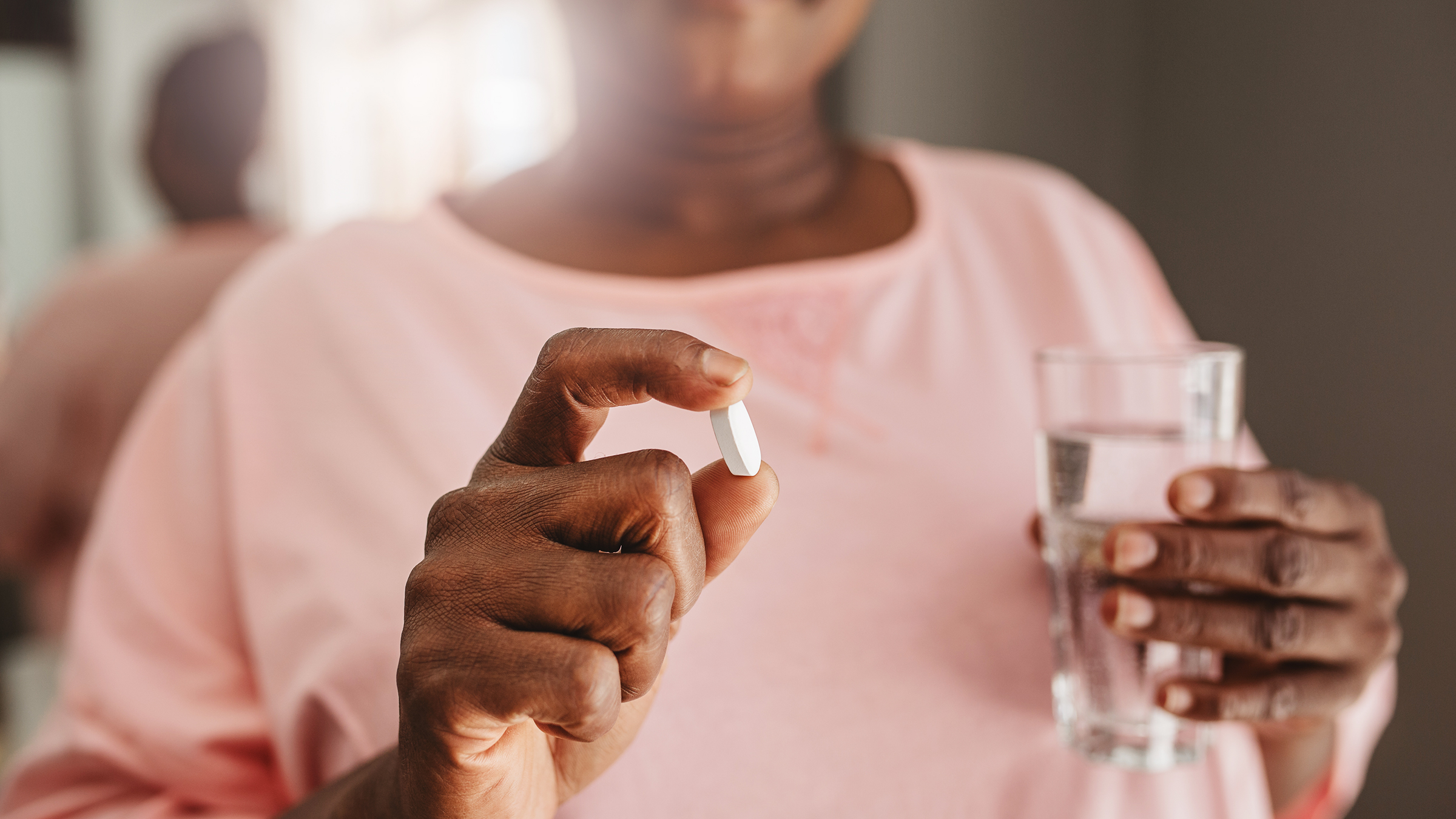Doxycycline And The Sun: A Burning Issue You Need To Know About
So here's the deal, folks. You've probably heard of doxycycline, right? It's one of those antibiotics that doctors love prescribing for all sorts of infections. But guess what? There's a little-known side effect that can turn your sunny days into a nightmare. Yep, you guessed it—doxycycline and the sun don’t exactly get along like peanut butter and jelly. Let’s dive into this burning issue because it's more serious than you think and you definitely don’t want to end up with a nasty sunburn after a day at the beach.
Now, before we go any further, let me clarify something real quick. Doxycycline is super effective when it comes to treating bacterial infections, acne, Lyme disease, and even some tropical diseases. But—and this is a big but—it can make your skin super sensitive to sunlight. It's like your skin suddenly turns into a vampire that can’t handle daylight. And trust me, no one wants that kind of drama on their summer vacation.
So, buckle up, folks. We’re about to take a deep dive into the world of doxycycline and its not-so-friendly relationship with the sun. By the end of this article, you’ll know exactly how to protect yourself, why this matters, and what you can do to enjoy the outdoors without turning into a lobster. Ready? Let’s get started!
Why Doxycycline and the Sun Don’t Mix
Alright, let’s talk science for a sec. Doxycycline is part of the tetracycline family of antibiotics, and like its siblings, it’s got a little quirk that makes it photosensitive. This means it reacts with sunlight in a way that can cause your skin to burn faster and more intensely than usual. It's like your skin has a bullseye on it, and the sun is the sharpshooter.
When you’re on doxycycline, your skin becomes extra sensitive to UV rays. Even if you’re someone who normally doesn’t burn easily, this medication can change the game completely. It’s not just about getting a tan; it’s about avoiding serious skin damage that can lead to long-term issues. So, yeah, it’s kind of a big deal.
How Photosensitivity Works
Photosensitivity is basically your skin’s way of saying, “Hey, this medication is messing with me.” When you take doxycycline, the drug can accumulate in your skin cells. And when those cells are exposed to sunlight, especially UVB rays, they can trigger a reaction that leads to redness, swelling, and even blisters. It’s like your skin is throwing a tantrum, and the sun is the catalyst.
Now, here’s the kicker: this reaction can happen within minutes of sun exposure. So, if you’re thinking about skipping sunscreen or lounging by the pool without protection, think again. The last thing you want is to end up with a painful burn that takes weeks to heal.
Common Symptoms of Photosensitivity
- Redness and inflammation
- Pain or burning sensation on the skin
- Swelling in exposed areas
- Blistering in severe cases
- Persistent sunburn-like effects
These symptoms might sound mild, but trust me, they’re not something you want to experience firsthand. And if you’re someone who spends a lot of time outdoors, this could seriously impact your quality of life. So, let’s talk about how to prevent it.
Preventing Sun Damage While on Doxycycline
Okay, so now that we’ve established that doxycycline and the sun are not BFFs, let’s talk about how to keep your skin safe. The good news is that with a little extra care, you can still enjoy the outdoors without worrying about sun damage. Here are some tips to keep in mind:
- Wear broad-spectrum sunscreen with an SPF of at least 30.
- Cover up with lightweight, protective clothing.
- Stay in the shade during peak sunlight hours (10 a.m. to 4 p.m.).
- Wear a wide-brimmed hat and sunglasses to protect your face and eyes.
- Reapply sunscreen every two hours, or more frequently if you’re swimming or sweating.
These steps might seem like overkill, but trust me, they’re worth it. Preventing sun damage is way easier than dealing with the aftermath of a bad burn. And let’s be honest, who wants to spend their summer indoors because of a medication side effect?
Understanding the Risks
Now, let’s talk about the risks associated with photosensitivity. While a mild sunburn might seem like no big deal, repeated exposure to UV rays while on doxycycline can increase your risk of developing skin cancer. Yeah, I know, that’s a scary thought. But it’s something you need to take seriously.
Here’s the thing: your skin remembers every sunburn you’ve ever had. And if you’re on a medication that makes you more sensitive to sunlight, those risks are magnified. So, while it might seem inconvenient to slather on sunscreen every day, it’s a small price to pay for long-term skin health.
Who’s Most at Risk?
Some people are naturally more prone to photosensitivity than others. Factors like fair skin, a history of sunburns, and certain medical conditions can increase your risk. And if you’re someone who spends a lot of time outdoors for work or leisure, you need to be extra vigilant about protecting your skin.
But here’s the thing: even if you don’t fall into any of these high-risk categories, you’re still vulnerable while on doxycycline. So, don’t take any chances. Play it safe and protect yourself from the sun’s harmful rays.
When to Seek Medical Help
Now, let’s talk about when to seek medical help. If you notice any unusual symptoms after being in the sun while on doxycycline, it’s important to see a doctor right away. Things like severe blistering, widespread redness, or signs of infection should not be ignored. And if you’re experiencing pain or discomfort that doesn’t go away, it’s definitely worth getting checked out.
Your doctor can help you manage the side effects of doxycycline and provide guidance on how to protect your skin. In some cases, they might even suggest switching to a different medication if the photosensitivity is too severe. But don’t make that decision on your own—always consult your healthcare provider first.
Alternatives to Doxycycline
For some people, the photosensitivity caused by doxycycline is just too much to handle. If that sounds like you, don’t worry—there are alternatives. Other antibiotics like azithromycin or erythromycin might be options worth discussing with your doctor. And if you’re dealing with acne, there are plenty of non-photosensitizing treatments available.
Of course, the decision to switch medications should always be made in consultation with your healthcare provider. They’ll weigh the benefits and risks of each option and help you find the best solution for your needs.
Talking to Your Doctor
Here’s a pro tip: don’t be afraid to ask questions. Your doctor is there to help you, not judge you. If you’re concerned about the side effects of doxycycline, bring it up during your next appointment. They can provide information about alternative treatments and help you make an informed decision.
And remember, you’re not alone in this. Millions of people take doxycycline every year, and most of them manage just fine with a little extra sun protection. So, don’t let fear of photosensitivity keep you from getting the treatment you need.
Living Your Best Life on Doxycycline
So, here’s the bottom line: doxycycline and the sun don’t mix, but that doesn’t mean you have to live in the dark. With the right precautions, you can still enjoy the outdoors and protect your skin at the same time. And let’s be honest, who doesn’t love a good excuse to rock some stylish sun hats and oversized sunglasses?
Remember, the key is to stay informed and proactive. Educate yourself about the risks, take steps to protect your skin, and don’t hesitate to reach out to your healthcare provider if you have any concerns. By doing so, you can live your best life while on doxycycline—and who knows? You might even discover a new love for SPF-infused moisturizers and zinc oxide sticks.
Final Thoughts
Alright, folks, that’s a wrap. We’ve covered a lot of ground today, from the science behind photosensitivity to practical tips for staying safe in the sun. And while the idea of doxycycline and the sun not getting along might seem daunting, it’s really just a matter of being prepared and taking the necessary precautions.
So, what’s next? If you’ve learned something new or found this article helpful, don’t forget to share it with your friends and family. And if you’ve got any questions or comments, drop them below—I’d love to hear from you. Because at the end of the day, the more we talk about these issues, the better equipped we are to handle them.
Stay safe, stay protected, and keep shining—even if it’s from the shade!
Table of Contents
- Why Doxycycline and the Sun Don’t Mix
- How Photosensitivity Works
- Preventing Sun Damage While on Doxycycline
- Understanding the Risks
- When to Seek Medical Help
- Alternatives to Doxycycline
- Living Your Best Life on Doxycycline
- Final Thoughts

Check pattern photosensitivity The BMJ

Pathology Outlines Doxycycline

Doxycycline Dosage Guide For Use in Acne, Pneumonia, and More GoodRx